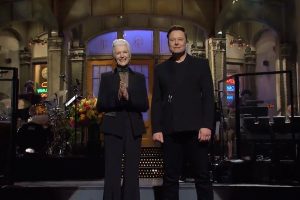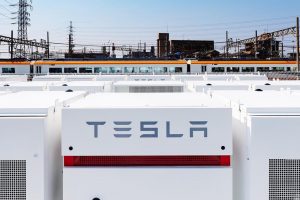Key Points
- 🚗 The NHTSA has asked Tesla for updated data related to an ongoing investigation into the automaker’s Autopilot driver-assist system.
- 📋 The NHTSA is investigating Tesla’s driver-assist system after identifying crashes involving the feature and emergency vehicles and examining driver attentiveness while Autopilot is operating.
- 📝 The NHTSA sent a letter to Tesla requesting updates to previous inquiries and demanding answers by July 19.
- 📊 The NHTSA is seeking data on the number of vehicles equipped with “Tesla Vision” (cameras instead of radar) and information about Tesla’s cabin camera.
- ❌ Autopilot, Enhanced Autopilot, and FSD Beta do not make Tesla vehicles fully autonomous.
- ⚠️ In prior crashes, most vehicles showed no driver engagement, visual alerts, or audible alerts until moments before collision.
The National Highway Traffic Safety Administration (NHTSA) has asked Tesla for updated data related to an ongoing investigation into 830,000 Tesla vehicles and the automaker’s Autopilot driver-assist system.
The NHTSA is investigating Tesla’s driver-assist system after it identified over a dozen crashes involving the feature and emergency vehicles. The agency is also investigating whether Autopilot adequately ensures that drivers are paying attention while it is operating.
The US auto safety agency sent a letter to Tesla on July 3, requesting updates to inquiries it had made in 2022. A copy of the letter made public by the agency indicates that it is demanding answers by July 19, as noted in a Reuters report.
The new letter also seeks data on the number of vehicles equipped with “Tesla Vision,” which solely relies on cameras instead of radar. The agency had previously inquired about Tesla’s cabin camera, which is used to check driver attentiveness while Autopilot or FSD is engaged.
Tesla has not shared a comment about the matter as of writing.
Tesla’s Autopilot (AP) allows vehicles to automatically steer, accelerate, and brake within their designated lane, while Enhanced Autopilot (EAP) provides Teslas with the capability to perform lane changes on highways. Tesla’s Full Self-Driving (FSD) Beta allows vehicles to navigate inner-city streets. Despite these capabilities, Autopilot, Enhanced Autopilot, and FSD Beta do not make vehicles fully autonomous.
In 2022, the NHTSA noted that nine out of eleven vehicles in prior crashes exhibited no driver engagement, visual alerts, or audible alerts until just moments before a collision occurred. Four vehicles did not receive any visual or audible alerts at all during Autopilot’s final use cycle.
Considering the nature of the NHTSA investigation, it is no surprise that the agency is seeking updated information on all changes made by Tesla regarding driver engagement or attentiveness.





